XCOM: Enemy Unknown Preview: First Contact
Hands-on with the unknown unknowns.
"XCOM is the game that teaches you the meaning of 'acceptable losses'," Firaxis' Peter Murray says to me. As he demos an early build of Enemy Unknown to journalists, and as we talk about the 18-year-old game that inspires this re-imagining, something becomes obvious: He wants me to experience failure. He wants us all to. That's a little worrying.
But for Murray, the possibility of loss is part of what defines the XCOM experience. This could be the loss of a mission, the loss of a valuable and experienced soldier, the loss of an expensive base or even the loss of the game. Success, when it comes, should be paid for in blood, measured in bodycounts. Murray looks on as the assembled journalists play through a scripted tutorial mission that kills three of their four soldiers. He then demos additional footage that features the original game's deadly Chrysalids tearing an unprepared and outmanoeuvred squad to pieces. XCOM, he tells us, will not be pulling its punches.
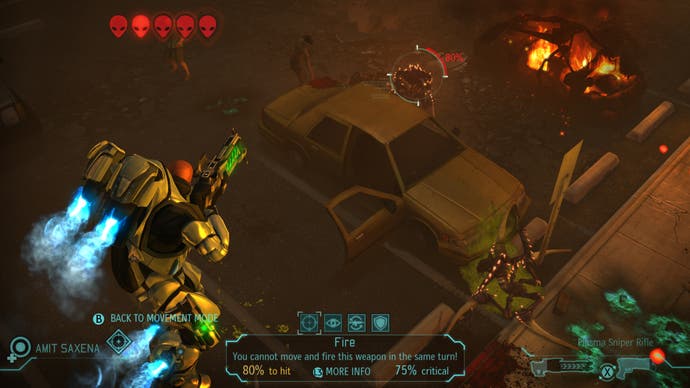
Much of this challenge will be presented by the game's new approach to small squad tactics. After what Murray describes as a "eureka moment", lead designer Jake Solomon introduced "a completely new approach to combat, based on a move/action paradigm". The currency of time units favoured by older XCOM games has been binned in favour of a more streamlined system that represents the simple and yet critical choices a soldier makes in the heat of battle: moving and firing; sprinting forward; hunkering down to provide covering fire; reloading; assisting a squad-mate.
Each of these is a decision and the idea is to make the game's combat an ongoing series of such tactical decisions, to keep the player examining the battlefield, picking their moments, considering their deployment and the risks behind their next move. Murray describes every turn as a puzzle based around three simple questions: "How am I going to solve this problem tactically? Where are my soldiers? Where are the enemies?" Poor positioning, poor use of cover and a lack of awareness are the shortcuts to failure.
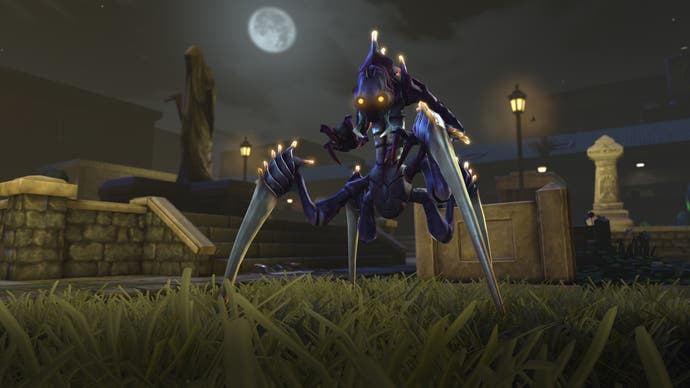
Careful positioning is also important because you won't be able to deploy teams as large as those in previous XCOM games. Firaxis have sharply curtailed squad sizes and instead put a much greater focus on the individual skills of soldiers. Players can now expect to take teams of between four and six into combat, squads so small that a single casualty can seriously change the balance of play, but these teams can still be a force to be reckoned with. That same squad who can squeeze all their gear into a minivan can also be as tight as student roommates, each complementing their colleagues with their own skills and abilities. That is, if you've trained them right.
Each has the chance to grow and develop as you tend the simple bonsai that is their personal skill tree, and each has a strictly limited inventory that also determines what they can do on the battlefield. A heavy machine-gunner who fires tracer rounds can improve their squad-mates' accuracy, while a pocketful of grenades comes at the expense of lifesaving medical equipment. Soldiers might not have quite the personality of those in Valkyria Chronicles, but you have much greater control over the kind of person they become. As they specialise and become increasingly interdependent you'll find your own unique team taking shape before you and, whether medic or machine-gunner, "everyone can kill aliens effectively", each in their own way.
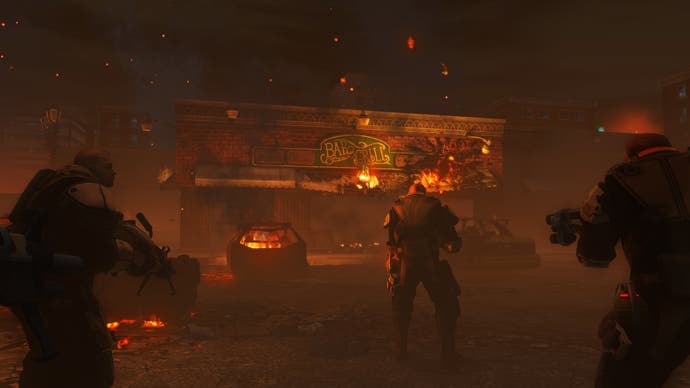
"Take a class like the sniper, there's two directions you can go with that," says Murray. "One of them is to create this guy who's like Zeus, he sits up in the highest position on the battlefield and he hurls thunderbolts at everything that crosses his line of sight. The other one is a sniper who is much more of a bushwhacker; he's this sneaky, hard-to-hit guy, also great with a pistol. He gets into position, he lines up that shot, he takes it, then he scoots off to the next target. Both of those are very cool ways to play a sniper, and there's people who'll like each."
Of course, there's nothing to stop you training and deploying two different snipers, or dropping them entirely for a squad made from heavy-weapons soldiers, or assault troopers, or whatever xenophobic pot pourri suits your style.
Unfortunately, this particular build of the game doesn't showcase many base-construction or management options, nor much of the game's strategic view, though it does give a chance for a brief tour of what Murray calls the "ant farm", the side-on view of a living, breathing base where dead soldiers turn from pool players lounging in the rec room to memorials mounted on the wall. There's a great deal of detail on show, much as there is across the game's many custom-built levels (of which there are apparently more than enough for a single play through of the game), and it's obvious the developers have spent a lot of time embellishing their environments.
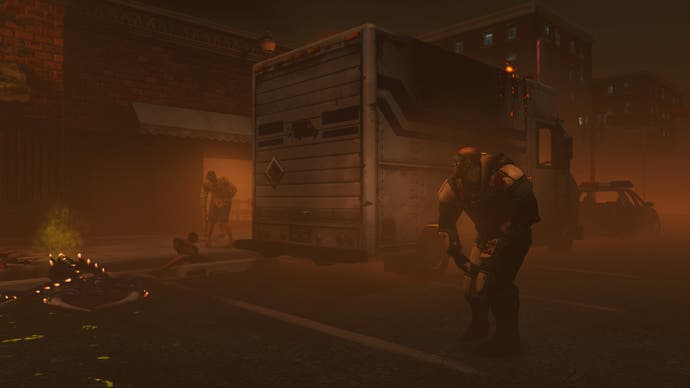
Of course, Firaxis has already demonstrated its skills as a strategy developer time and again, but it would be good to see how these other aspects of the game have developed and how they interact with one another, not least because base-building and managing interceptions were such key part of the original Enemy Unknown. As he has done with the tactical element of the game, Murray promises the strategic side will be just as cruel, with the player constantly facing difficult choices about what to respond to and how as their planet gradually succumbs to fear. "You can't keep a perfect lid on the panic," he says. "It's always going to be rising."
But that's all we can see for now. Keen to show off much of what has been reinvented and redesigned for the game, he's naturally much more secretive when it comes to any of the new content Firaxis has added. Alongside beefier Floaters, meaner Sectoids and deadlier Chrysalids, it looks like entirely new aliens will also feature, and the "now familiar" plot has also been revised and will be peppered with all sorts of (probably unpleasant) new surprises. In the meantime, though, the rest of Enemy Unknown remains classified, and bad things will come to those who wait.
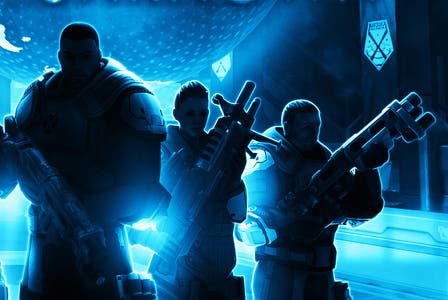


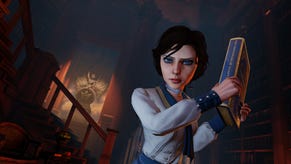

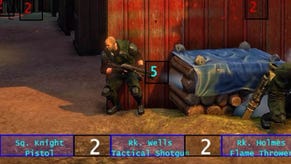
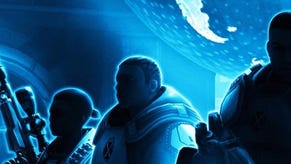

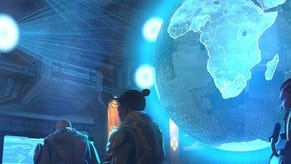

.png?width=291&height=164&fit=crop&quality=80&format=jpg&auto=webp)




.jpg?width=291&height=164&fit=crop&quality=80&format=jpg&auto=webp)
